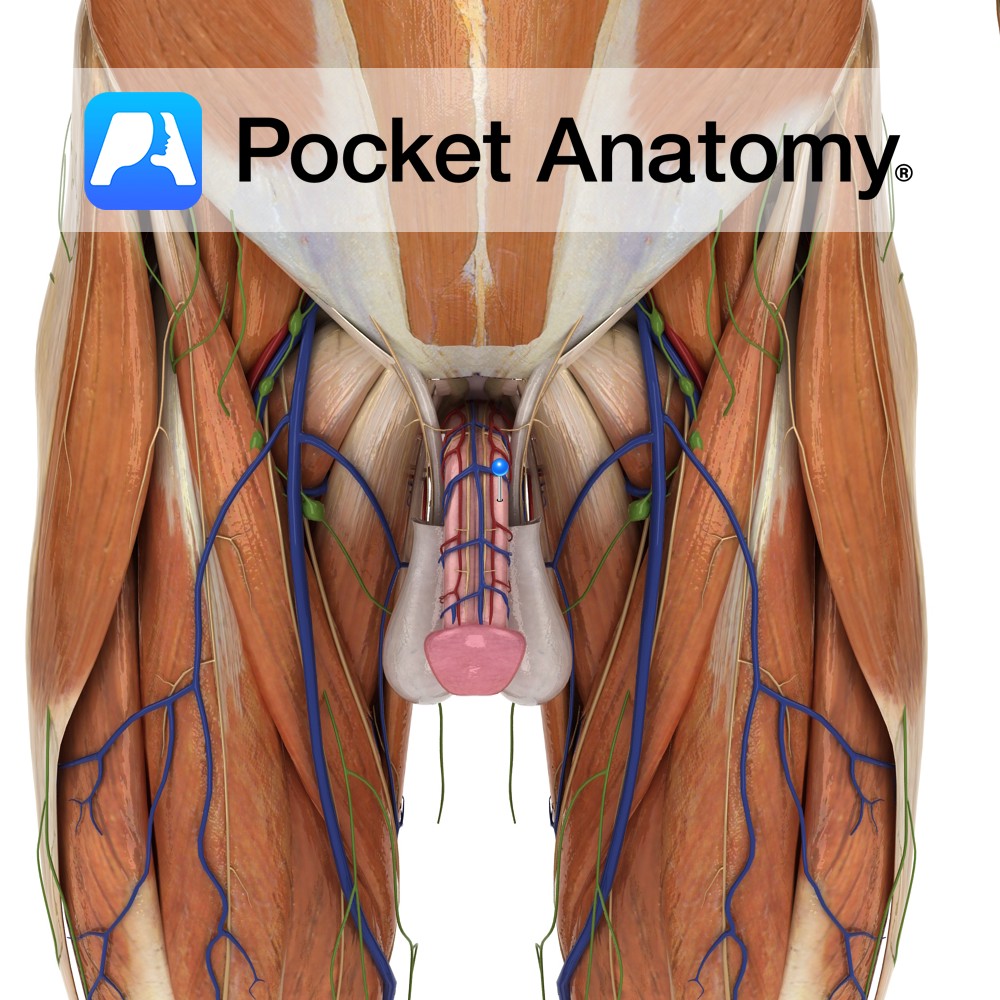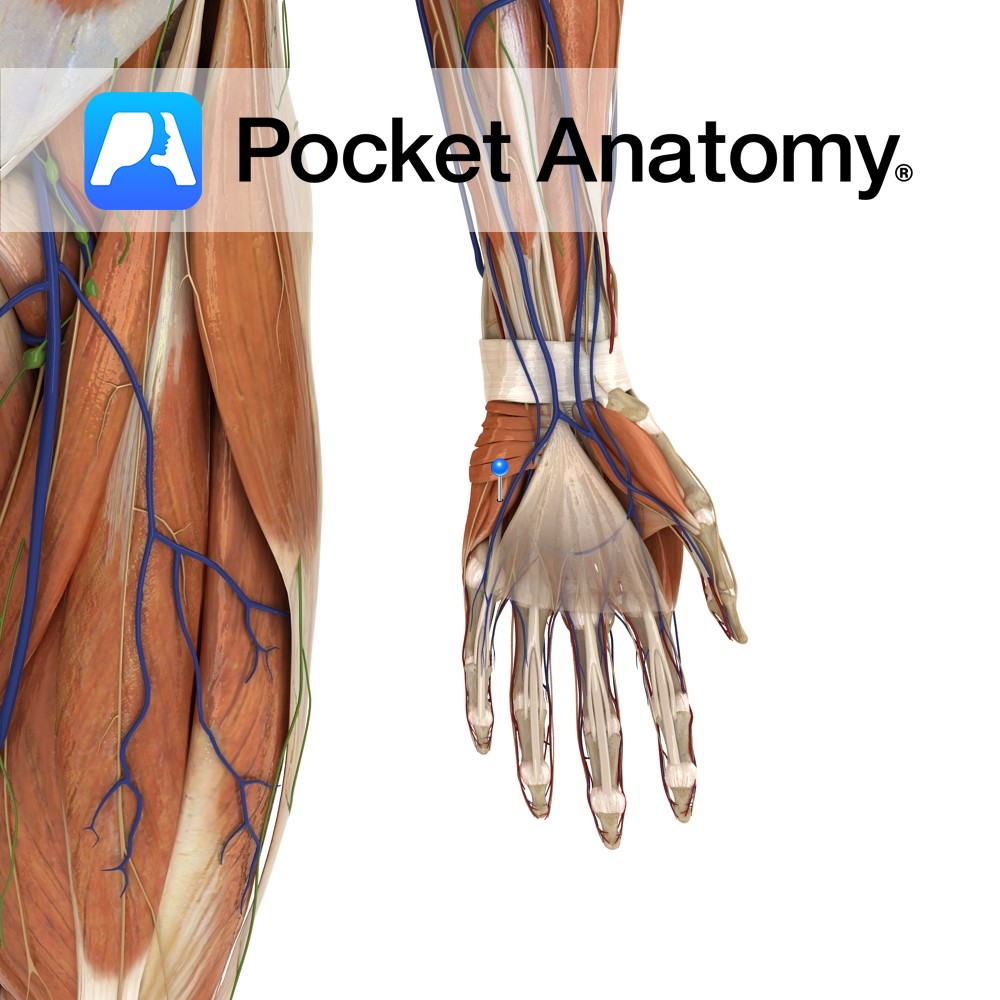Anatomy
Origin:
Pecten pubis or pectineal line of the pubic bone.
Insertion:
Pectineal line of the femur between the lesser trochanter and linea aspera.
Key Relations:
-One of the six muscles of the medial compartment of the thigh.
-Lies anteriorly to adductor brevis, obturator externus and the anterior branch of the obturator nerve.
-Forms the floor of the femoral triangle.
-Anterior to pectineus lies the great saphenous vein and femoral vessels, separated from the muscle by the fasciae latae.
-It is located medially to the lateral margin of adductor longus and lateral to the psoas major muscle and the medial circumflex femoral vessels.
Functions
-Adducts and flexes the thigh at the hip joint e.g. kicking a ball.
-Also mediallly rotates the thigh at the hip joint.
Supply
Nerve Supply:
Usually femoral nerve (L2, L3) with additional contribution from accessory obturator nerve (L3) in around 20% of the population.
Blood Supply:
–Obturator artery
-Medial circumflex femoral artery.
Clinical
Hip adductor injuries (groin strains) are common sporting injuries and may involve any one of the adductor muscles of the thigh (pectineus, adductor brevis, adductor longus, gracillis, adductor magnus). Damage can occur when high demands are placed upon the muscles such as changing direction rapidly. Another common cause observed with soccer players is forced abduction of the thigh during an intended adduction. This scenario can occur when the player trying to kick the ball in one direction meets resistance, such as a player attempting to kick it in the opposite direction.
Treatment is generally non-operative. Rest and anti-inflammatory medication are used early on, followed by increasing exercise and range of motion work.
The adductor muscles of the thigh are tested clinically as a functional group. The patient is requested to lie with their knees extended on the opposite side of that to be tested. The physician will abduct the leg on the side being tested, and then ask the patient to adduct the leg against resistance.
Interested in taking our award-winning Pocket Anatomy app for a test drive?





-brevis.jpg)